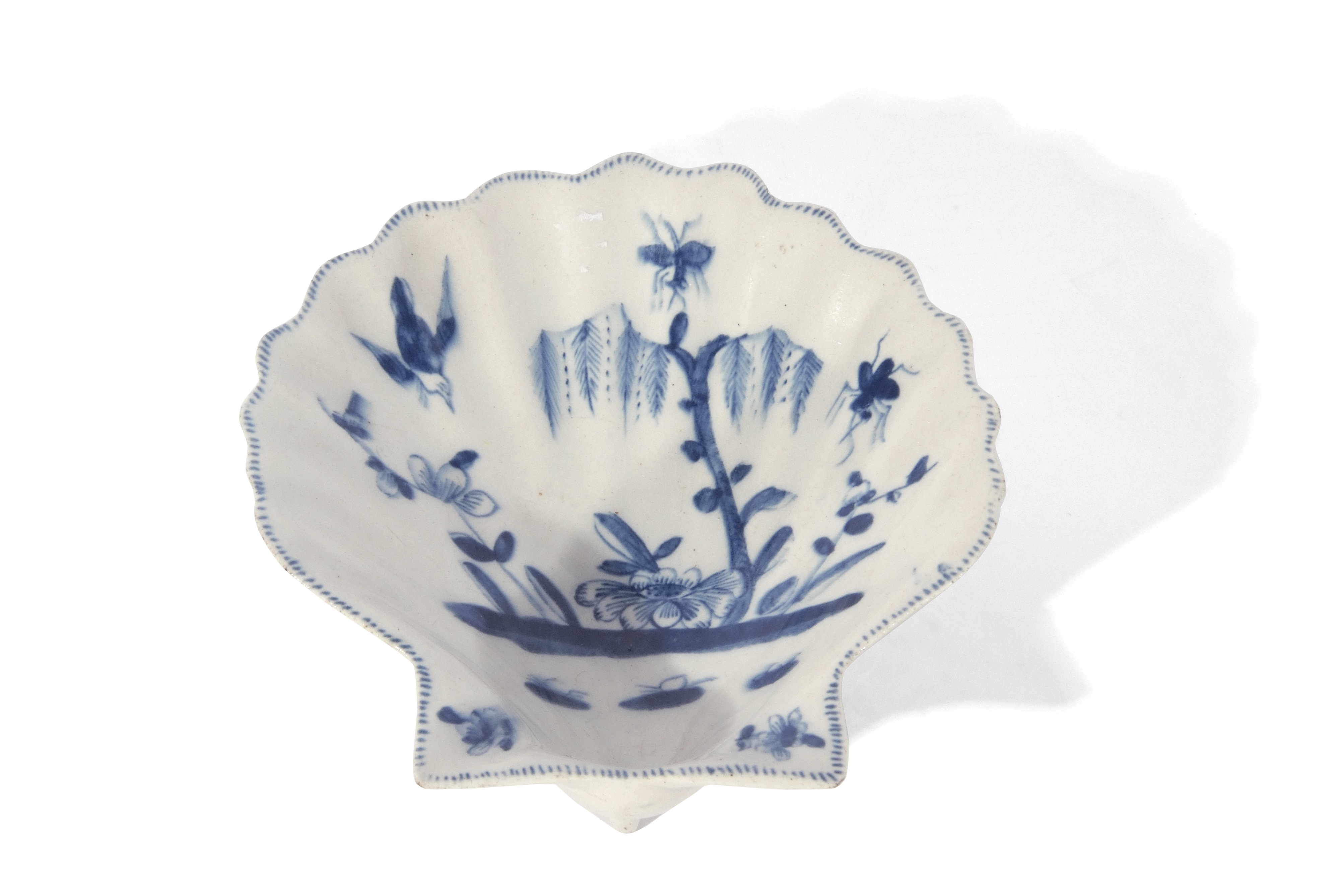

12/08/2022 General News
David Broom explores the lasting appeal of Lowestoft porcelain
While trends in the saleroom can see interest in particular types of lot wax and wane over time, one area has remained very strong for some years now: ceramics. Whether it’s oriental pieces attracting huge bids from far eastern buyers, or the timeless appeal of European porcelain, the ceramics section of any sale can be relied upon to return healthy hammer prices.
Whilst the robust market for oriental pieces is clearly down to emerging wealth and interest in those countries from which such pieces originated, the continued strength in the European ceramics market is more due to a steady and unflinching demand from collectors right across the continent, and beyond.
When we speak of European porcelain, we tend to think of German manufacturers such as Meissen and Dresden, classic French makers such as Sevres, and the leading British producers such as Royal Worcester. But alongside these great names, an East Anglian maker from the past is very much holding its own when it comes to prices achieved in the saleroom.
For just over four decades in the second half of the 18th century, Lowestoft would have been mentioned in the same breath as those prestige names by any lover of porcelain – and pieces made in the Suffolk town during that period remain hugely collectable today.
In the early 18th century, Chinese porcelain was a highly-prized and expensive commodity, and by 1750 a number of English factories, led by Chelsea, Bow and Worcester, were well-established, producing a hybrid type of porcelain known as soft-paste porcelain – because it was softer in texture than Chinese porcelain, and fired at a lower temperature.
The Lowestoft factory produced soft-paste porcelain ware from 1756 until its closure in 1799, the longest duration of any English soft-paste porcelain producer other than Worcester and Crown Derby. Built on the site of an existing pottery or brick kiln, the building was later used as a brewery and malt kiln, before finally being demolished in 1955.
Early trials and production were alleged to have been sabotaged by workmen from the Bow factory, but by 1760 advertisements for Lowestoft porcelain were appearing.
Despite the longevity of the factory, the Lowestoft factory was a small business compared to the big names, and its output was generally bought within East Anglia rather than finding a market far and wide.
The majority of its output was more functional than decorative: teapots, cups and saucers, sugar bowls and jugs. It also specialised in producing special commissions, for example to mark a marriage, birth or christening, and these pieces were inscribed with the recipient’s name, a significant date, or a view of a local landmark. Collectors love pieces with a story behind them, and these special commissions are much sought after.
The factory started out producing blue and white ware, and this is possibly the best known of its output. But from 1770 onwards, an increasing amount of what it produced was the more colourful polychrome ware, with patterns following the fashions of the age: initially mandarin type chinoiserie, and then, from 1780, French neo-classical designs.
The early Chinese designs were somewhat naive, something which has a charm of its own. Later pieces were rather more finely decorated, especially those with tulips and other floral sprays. Such pieces are known as tulip family pieces – they usually include a finely painted divergent or full blown tulip in the decoration - and are very popular with collectors.
Lowestoft porcelain remains hugely popular in the saleroom. In our July Fine Sale, Keys saw very strong prices achieved for a number of rare Lowestoft pieces, including just under £2,000 for a very rare polychrome saucer illustrated with a cockerel and hens, and a staggering £6,400 bid for an early scallop shell dish dating from around 1759, just after the factory opened – actually eclipsing the prices reached for every single Meissen piece in the same sale.
Keys Fine Art Auctioneers’ next Fine Sale takes place in November. Anyone with Lowestoft porcelain they would like assessed and valued can contact David Broom at david.broom@keysauctions.co.uk, or by calling 01263 733195.